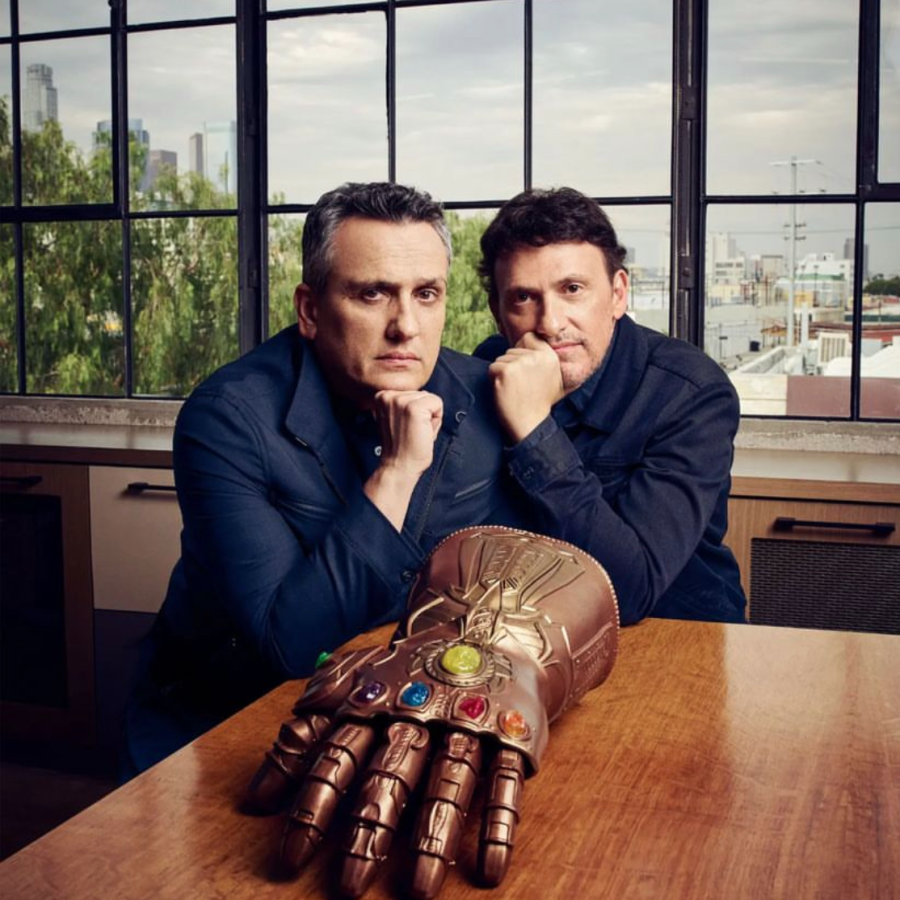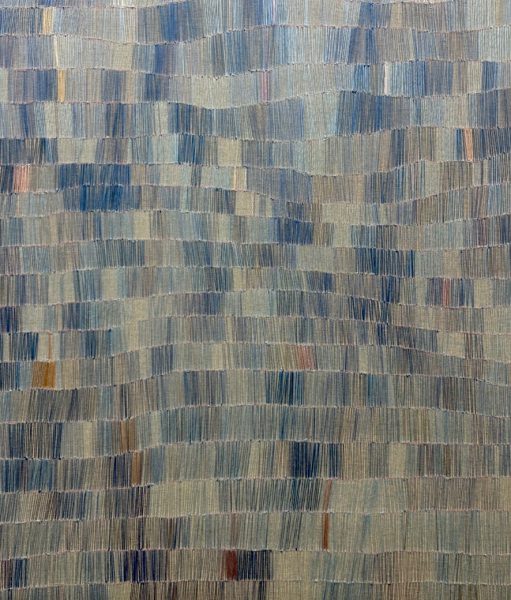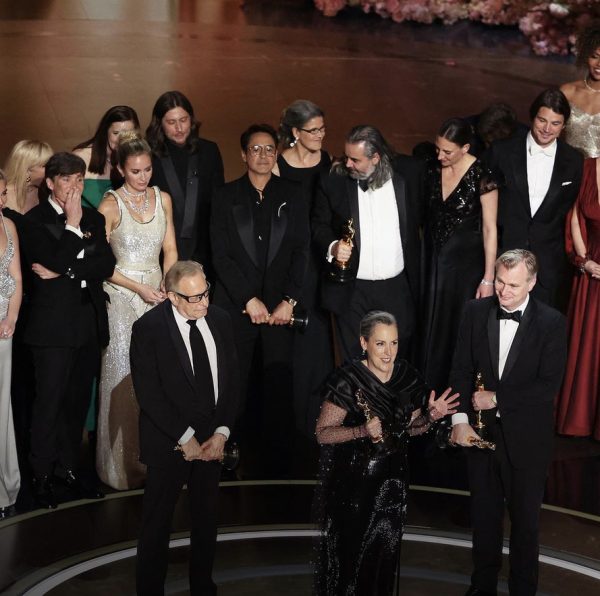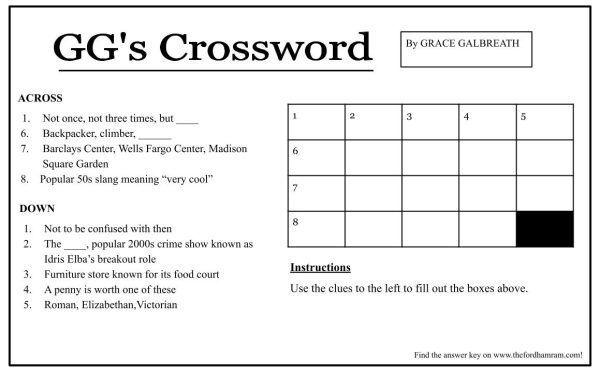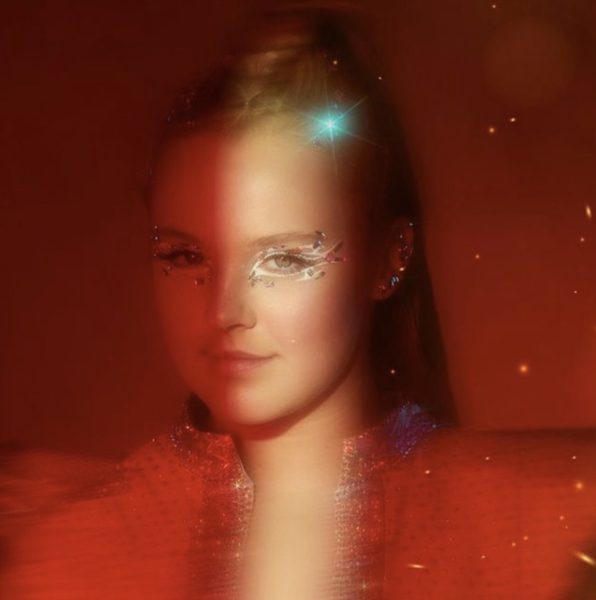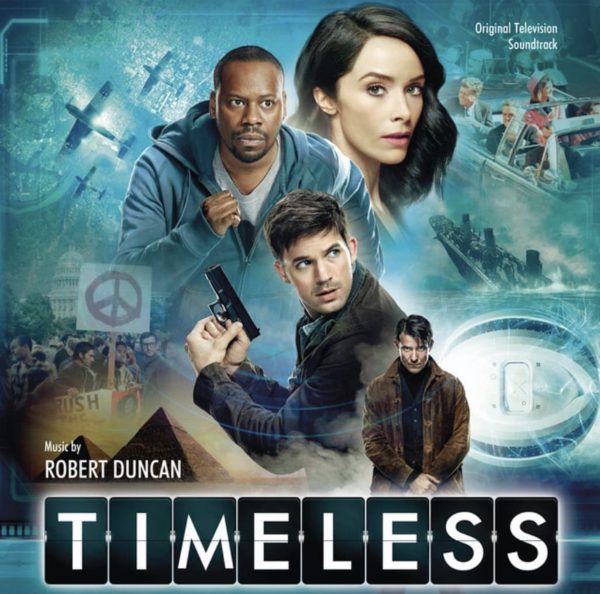The Conflict Between Content and Cinema
In a recent interview with Variety, filmmakers Joe and Anthony Russo, whose portfolio includes “Avengers: Endgame” and this year’s “The Gray Man” among a myriad of other film and television credits, expressed their views on the future of cinema. Joe, the younger, argues that “filmmaking is going to transform into some other medium” before going on to describe a bizarre, nightmarish scenario involving AI versions of famous actors breaking the fourth wall to address the audience’s questions about how a particular scene or moment was created.
The future of film as an art form, in the Russos’ eyes, is convenience. The peskiness of engaging and working through a challenging piece of media will thankfully be eliminated, and audiences can instead satisfy themselves with surface level answers so that they can conveniently move on to the next piece of content, creating an endless cycle of consuming and discarding. I’m being sarcastic of course; what is a utopian prophecy to the Russos is a personal hell to a film lover like myself.
This anecdote can easily be dismissed as trivial fatuity from a pair of filmmakers who couldn’t direct a meaningful picture to save their lives, but I think it speaks to a growing level of callous anti-intellectualism in modern film discourse on the part of both the creator and the consumer. Media is in a strange place right now. With the advent of the digital age, the metaphorical walls that separate and define different forms of media (the film, the novel, the television show, etc.) began to disintegrate. In particular, the distinctions between what is television and what is cinema are more nebulous than they’ve ever been. “Prestige” TV programs like “Breaking Bad” and “Atlanta” prove that television can be just as cinematic as movies, while the Marvel Cinematic Universe has much more in common with a serialized show than a blockbuster movie franchise.
Social media further confounds the divides between media, as apps like TikTok allow one to consume news and entertainment in just a single video. Essentially, all these vastly different forms have coagulated into a sizable pile of mush lovingly dubbed “content.” One can access this “Frankenstein’s monster” of dopamine providers right at the tip of their fingertips; it is just as easy to watch a movie on Netflix as it is to scroll through Twitter. But this conglomeration of forms puts films in a bad spot. “Content” doesn’t interrogate those who consume it. Rather, it only begets more and more consumption. It doesn’t stick with you by design; it exists only to be disposed of.
Cinema, tragically, finds itself under the umbrella of “content.” What we have now is a culture of mediocrity, cinematic junk food and instant gratification. Martin Scorsese, that maverick of American filmmaking, espoused similar views in his critique of Marvel movies, likening them to theme park rides. His comments, grossly decontextualized and sensationalized in headlines, struck a nerve with fans of superhero movies, who insisted that these types of movies contain genuine artistic merit. To be clear, there’s nothing inherently wrong with superhero movies or enjoying them. But when theatergoing audiences react to cameos and easter eggs in the same way one would react to a thrilling loop on a rollercoaster, I can’t help but feel as if Scorsese’s comments might have a hint of truth to them.
Cinema at its best can be absolutely thrilling and exciting, and seeing something truly wonderful and downright magical onscreen is among life’s greatest pleasures. But cinema, at its core, is the art of making things seen. Some of the things that can be made seen are poetically mundane, while others are more thrilling and fantastical. The most unique aspect of cinema, however, is its ability to make things that can’t normally be seen visible to the human eye.
Feelings, especially strong ones, are often impossible to put into words, but the camera allows for these indescribable states of mind to take on a material existence of their own. In “Psycho,” for example, the viewer (hopefully) never explicitly identifies with Norman Bates, but they still feel his pain and insecurity thanks to Hitchcock’s humanizing camera. Similarly, when viewing “In The Mood For Love,” one understands Chow and Su’s passionate but unspoken love for each other because of Wong Kar-wai’s visual emphasis on the subtleties of their interactions. Both of these examples ultimately come down to how one makes sense of what is being shown to them, not what they literally see. So when filmmakers of the Russos’ stature come out and openly disregard the very aspects that separates cinema from other art forms, it saddens me. Life never offers easy answers, and neither should the movies.

